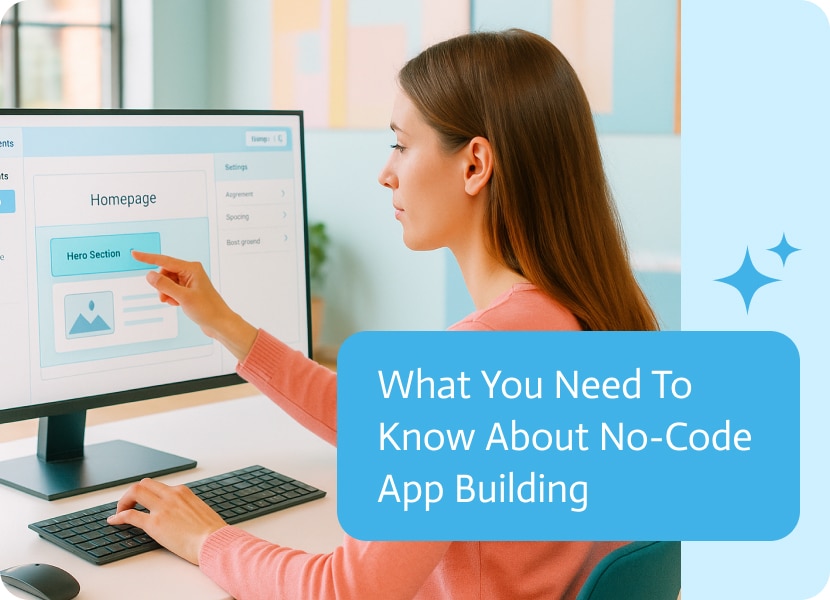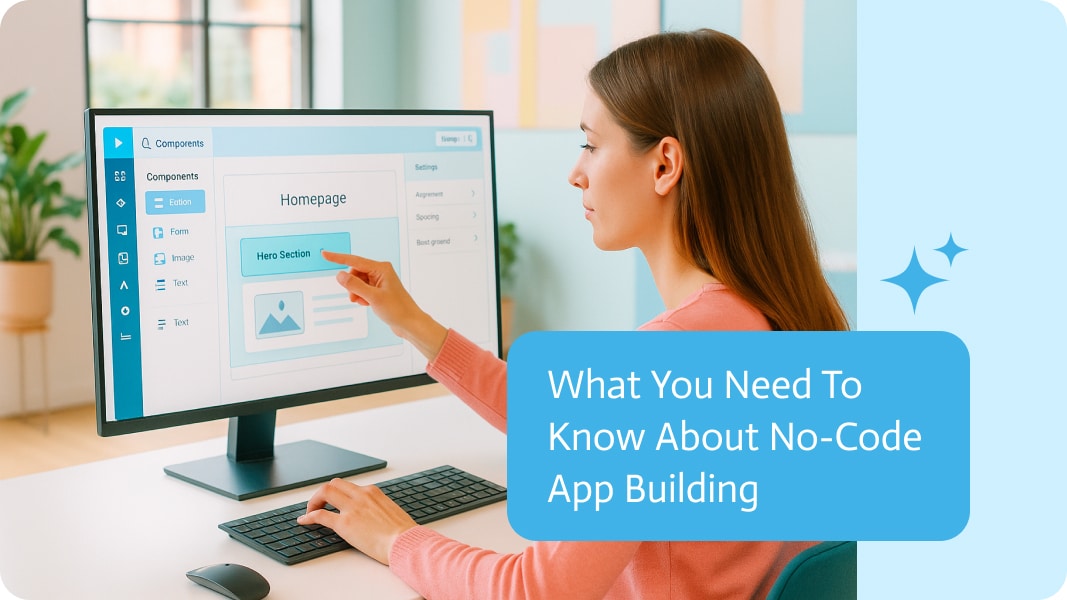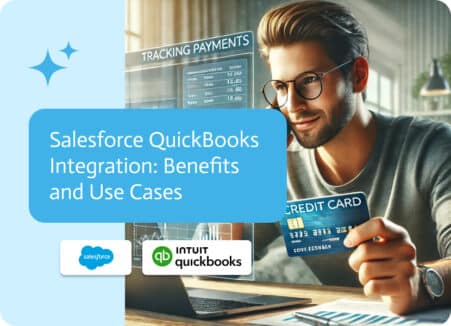

What You Need To Know About No-Code App Building
Not long ago, if you wanted to put together any kind of software, a snazzy mobile game, a customer service portal, or even a simple tool to speed up office tasks, your choices were pretty limited: either learn to code yourself or pay a developer to do it for you. Neither route was quick, cheap, or stress-free.
These days, though, everything has changed. Withno-code platforms in the spotlight, almost anyone who can point and click and who has a web connection can whip up a polished app ready for real users-without typing a single command. That shift opens the way for entrepreneurs, schools, big companies, artists, and practically every other group you can think of.
So let’s break down what no-code is, how it actually works, and why a lot of experts are betting it’s the next big step.
What Is No-Code App Building, Really?
Put simply, no-code is a way to build software by arranging on-screen blocks and menus instead of writing all that code by hand. Users are able to simply drag things around the screen, including buttons and charts into place, set up ready-made rules, and watch an app come to life, all without learning a coding language. The result is a working, sometimes even business-grade, product that can grow along with its audience.
It’s not just for hobby projects anymore. No-code tools now build:
- Big-company internal dashboards
- Customer-facing websites
- Online store backends
- iOS and Android Mobile Apps
- AI bots and workflow automations using Prompt to Flow
- SaaS platforms that deal with thousands of users
The main idea is abstraction: the code and servers run in the background so builders can worry about how things look and what they do.
How No Code Works
You may still wonder how a full web app gets made with no hand-written code. The short answer is modular building blocks and a visual logic setup.
Here’s what no-code platforms usually offer:
1. Visual UI Builders
It’s like putting together a slide in PowerPoint. You drag forms, text blocks, and images into a grid and move them around. While you do that, the system quietly writes the HTML, layout rules and CSS.
2. Workflow Engines
The platforms permit you to map out steps using flowcharts instead of writing lots of code. Say when a user clicks Submit, save the data, send an email, then move them to the thank-you page. You draw the arrows, and the engine runs the rest.
3. Databases as a Service
Built-in databases sit behind most no-code apps, plus you can plug in Airtable or a PostgreSQL backend. You point and click to set up tables, links, and others while the service worries about storage speed, back-ups, and getting the data for you.
4. APIs Without the Code
Every major no-code tool comes with pre-made links to big apps like Stripe, Slack, or Google Calendar. Just log in once at the connector, choose what info to push or pull, and the engine wraps the messy REST-and-JSON tags so you never have to see them.
5. Hosting & Deployment
Most let you hit *publish,* and your site appears on the web, inside an office, or on phones with a single tap. They also deal with servers, SSL locks, update pipelines, and version control, letting you focus on the features people will actually use.
Together, the parts open the door for almost anyone to build smart software with little to no coding skills.
Who Uses No-Code and Why It Works
Startup Founders
Early founders need to move fast and learn even faster. Most can’t hire a full dev team, so slapping together a quick web app is out. With no-code, they create a simple MVP, gather feedback, and pivot in weeks rather than waiting months.
Product Teams
When a product manager dreams up a feature, waiting for devs to finish the backlog can kill momentum. No-code tools put design and usability in the PM’s hands, so she can prototype flows, preview designs, and build a private dashboard all while the better half of your squad focus on core updates.
Operations & Admin Teams
Every office needs at least one custom tool, a sales tracker, an onboarding checklist, and a vacation planner. No-code lets ops staff spin these up in-house, slicing the request-to-delivery time and sparing IT from yet another ticket that disappears into the backlog.
Marketers & Creators
From surveys to A/B tests, marketers juggle dozens of campaigns at once. With drag-and-drop builders, they craft landing pages, hook up email triggers, and tweak copy on the fly-definitely faster than emailing a developer, waiting for updates, and hoping nothing breaks.
Educators & Nonprofits
Budgets are tight in schools and small charities, yet the website, class schedule, and donation portal still have to work. No-code platforms turn those dreams into live, editable sites for a fraction of the cost, so staff spend money on impact, not on lengthy custom dev cycles.
What Can You Build?
Curious about no-code? Here are real projects people are rolling out right now:
- Airbnb-style marketplaces made with Bubble
- AI support chatbots linked to FAQs using Noca.ai
- Mobile expense logs created in Adalo or Glide
- Customer onboarding flows are set up with Webflow and Zapier
- Sales CRMs and dashboards that pull from Airtable
- HR portals syncing seamlessly with Google
No-code doesn’t mean slower or weaker; it means friendly and fast.
Benefits: Why No Code Is Growing
1. Speed. What took months now takes days, or even hours.
2. Lower Costs. Skip developer salaries and server bills, and budgets shrink.
3. Increased Agility. Swap screens, tweak logic, or redesign without fresh code and long uploads.
4. More Inclusive Innovation. Founders, marketers, and designers can all build alongside engineers.
5. Scalability. Today’s platforms add user management and enterprise hooks in order for projects to grow big.
Limitations: Where No-Code Still Hits a Wall
No-code tools are game-changers for many, however, they come with obvious and hidden limits you should know:
Performance: Super-fast apps like HD video editors or real-time games still need tried-and-true code for the muscle they want.
Customization: You’re stuck with some of the blocks the platform offers unless it lets you drop in your own snippets.
Compliance/Security: Bank-level or government-grade security is still missing from plenty of no-code services.
Vendor Lock-In: If a service crashes or hikes fees, getting your project out can be harder than anyone promised.
Still, newcomers such as Noca.ai are pushing the envelope with AI-built logic, plug-and-play integrations, and a flexible back end that shrinks those walls month by month.
AI and No-Code: Noca is The Perfect Match
Add AI, and the no-code world really starts to shine. With Noca.ai, you simply write what you want in plain language, and the app builds the logic, screens, and connections for you.
“Build me a simple app that tracks employee training, sends Slack nudges, shows HR a dashboard, and locks pages by role.”
After a couple quick follow-up questions, you can get working screens, data structures, and step-by-step flows in way less time than a full dev squad needs. When you mix everyday language with visual logic, you step into a fresh era: crafting apps just by spelling out the wish list.
So, should you ditch code?
If you’re testing an idea, whipping up an internal tool, automating boring tasks, or launching a straightforward customer app, *no-code* is the smart call.
But if your project demands deep hardware hooks, lightning-fast multiplayer graphics, or a super-special server setup, stick to classic dev work-or try a hybrid mix.
The cool part is that the gap is shrinking. Most no-code suites now let you drop in custom snippets, hook up APIs, and hand off clean code when a coder is needed, so you can start with drag-and-drop and level up to pro-code later.
Final Thoughts
No-code isn’t only handy, it gives the ability to almost anyone to try their hand at building. It changes who can make apps, speeds up the leap from quick sketch to working product, and lets companies pivot online without blowing their tech budget.
The future of software won’t sit locked behind a keyboard, it will be spoken, sketched, dragged, and dropped. Whether you’re a founder with a vision, a marketer with a plan, or a team lead tired of waiting for IT, no-code gives you a seat at the building table.
And with tools like Nocai in the mix, that future starts to feel downright magical.


